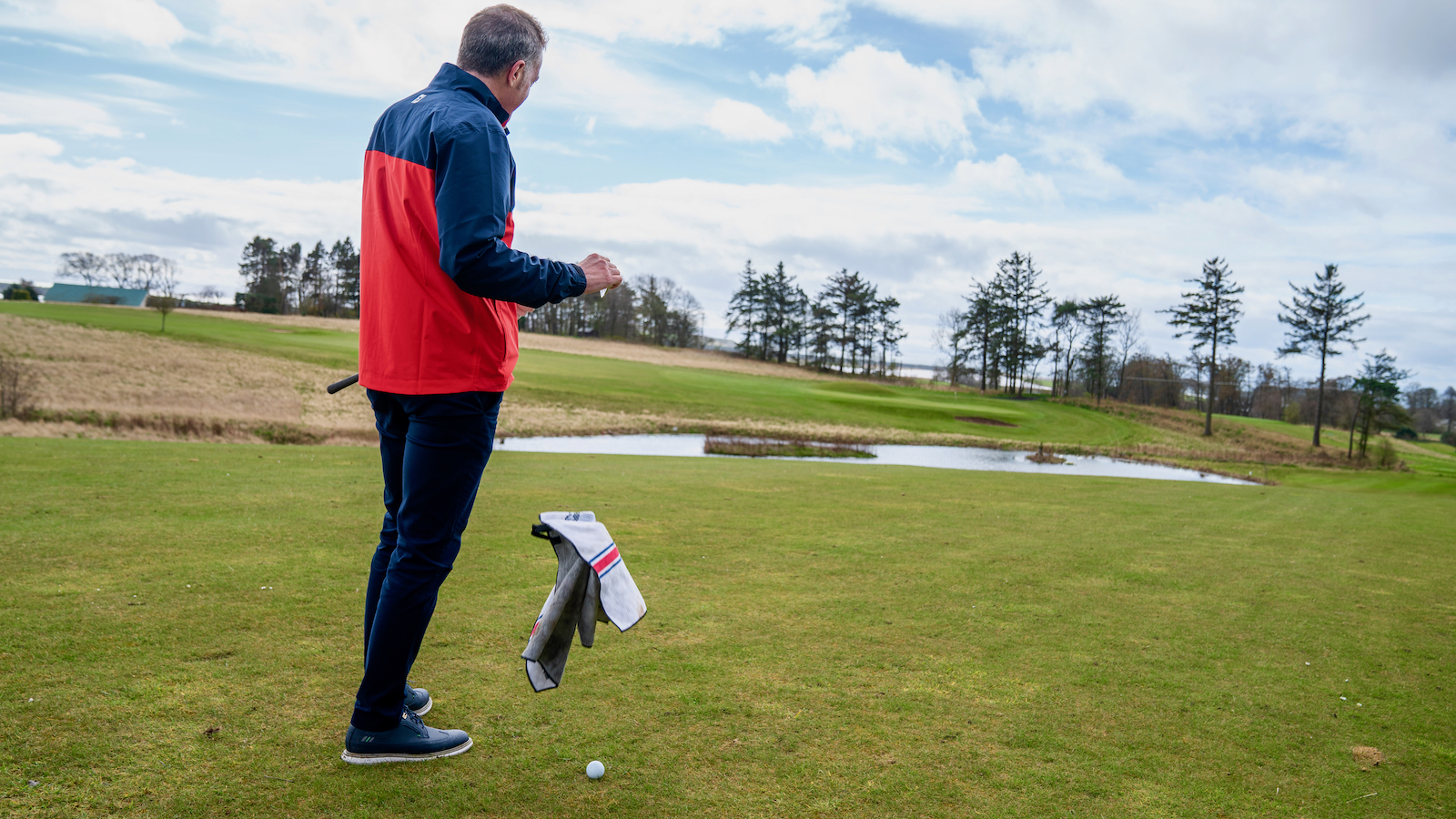
Here, we run through the ten Rules that the evidence of our mailbag and Inbox leads us to believe are the most misunderstood ones out there, with the three at the end undoubtedly those we get most correspondence about. Readers sometimes even question whether or not we have made a mistake in something we have either printed or published online when it comes to the ‘accidental movement of your ball’ one!
Of course, you may be reading this and thinking, “I don’t misunderstand any of these Rules.” If so, that’s great – golf needs more ‘yous’!
10 - Sprinkler head on line on the fringe
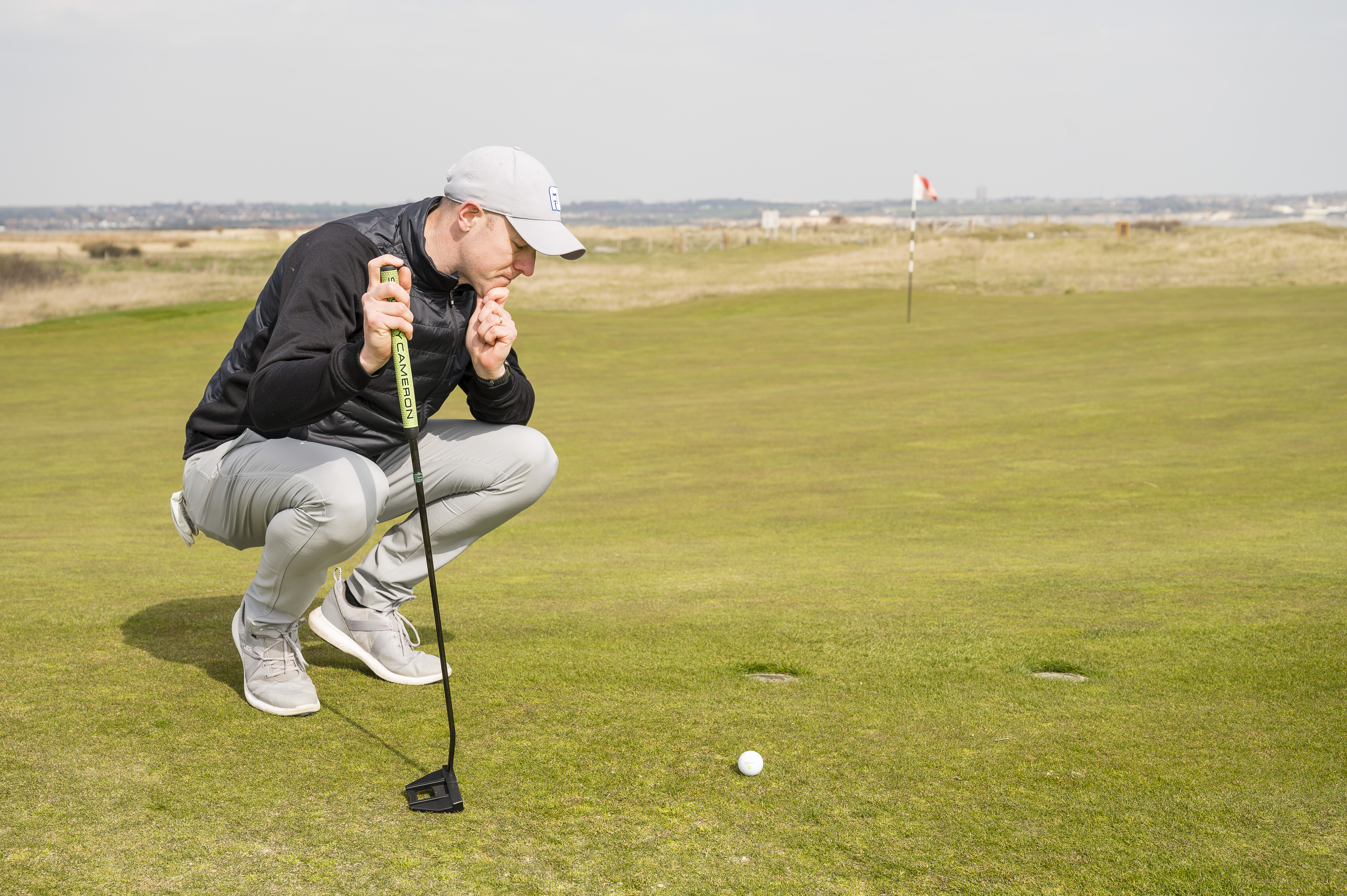
It’s important to know that this is not an automatic relief scenario under the Rules of Golf. Yes, if your ball actually lies on the sprinkler head or it interferes with the area of your intended stance or swing, you would be entitled to free relief, but not just because it is on your line and you really want to putt it.
However, some courses will have a Local Rule allowing relief if your ball lies within two club-lengths of a sprinkler head on your line that is also within two club-lengths of the putting green. But if no such Local Rule exists, there is no free relief, so always check the scorecard or noticeboard for the Local Rules.
9 - Loose impediments in bunkers and penalty areas
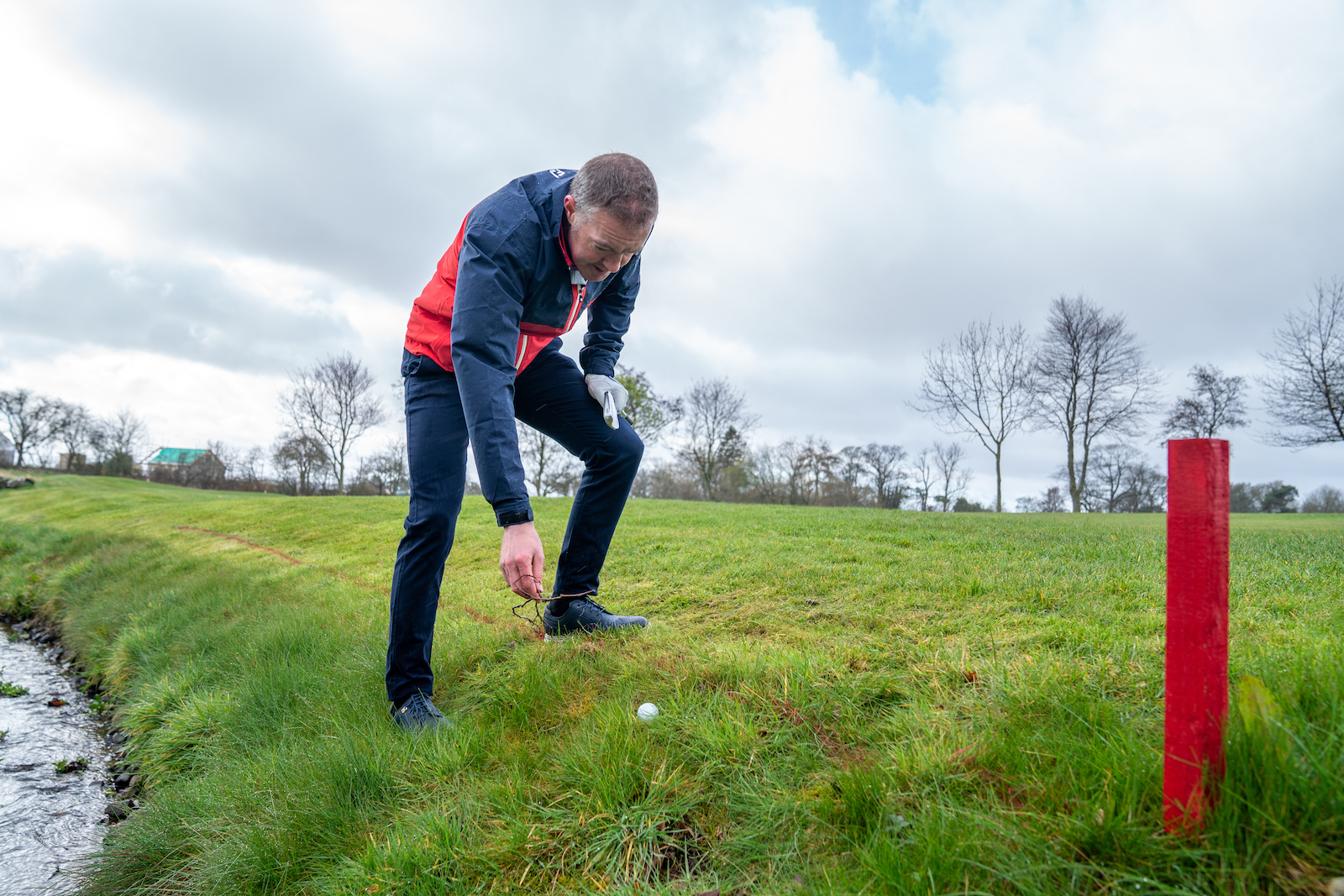
This is an understandable misunderstanding, for the Rules did an about-turn on this in 2019. Prior to that, you weren’t allowed to touch loose impediments in either bunkers or penalty areas. Now, you are. However, it’s worth mentioning that it would still be inadvisable to touch them if things are a little precarious around your ball or it’s obvious that your ball is perhaps resting against a loose impediment on a slope.
Why? Well, you will still be penalised if you cause your ball at rest to move while attempting to remove a loose impediment, so take care not to incur a penalty stroke for such a breach under Rule 9.4b.
8 - Status of white out of bounds posts
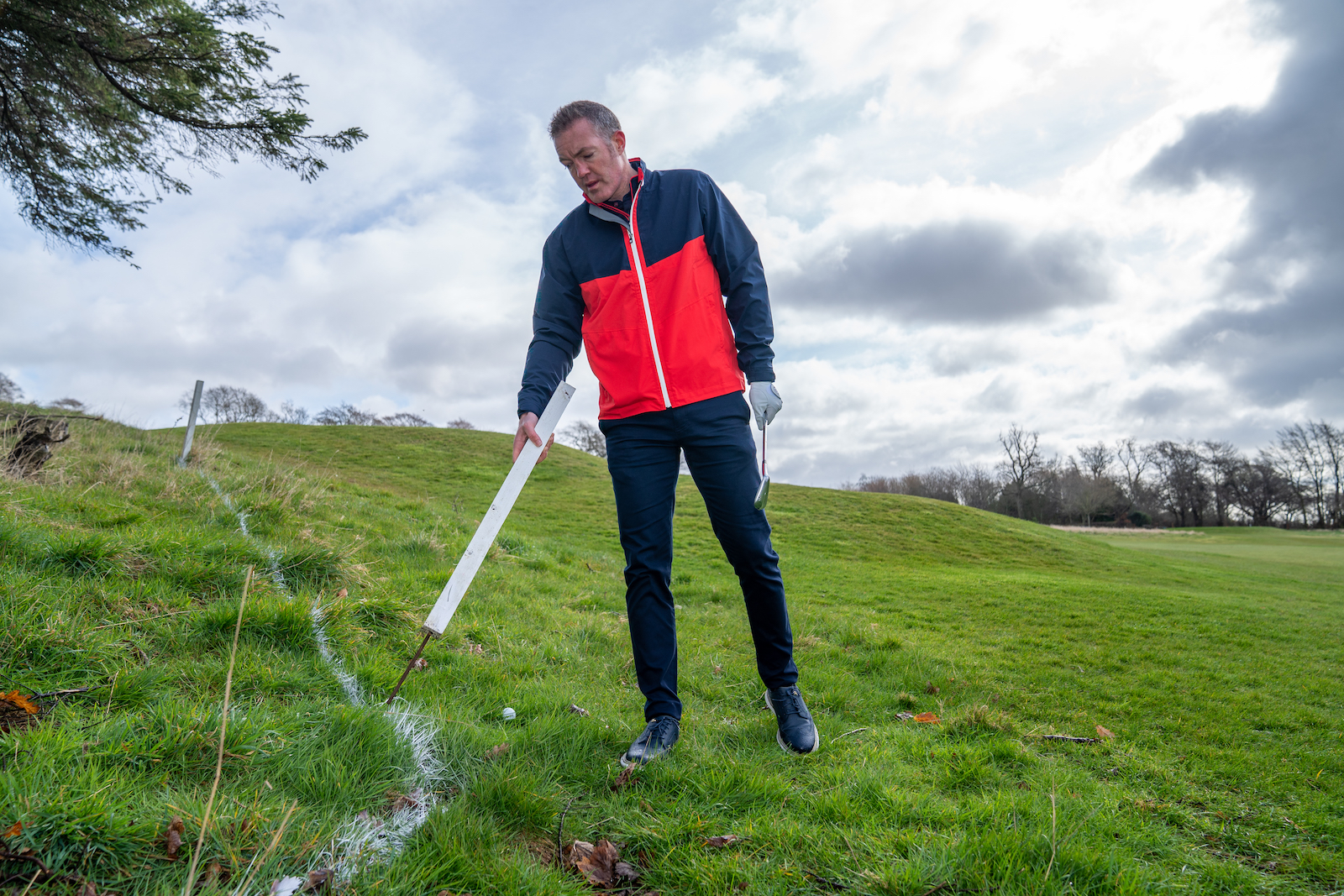
The problem with white out of bounds stakes is that physically they are eminently movable nine times out of ten, yet they are not classed as movable obstructions under the Rules of Golf, even if easily movable. Rather, they are boundary objects and these are considered ‘fixed’ even if you could easily move them.
As such, if your ball is in bounds and a white stake interferes with the lie of your ball, or your area of intended stance or swing, there is no free relief available so you are not allowed to move it. If you wish to take relief, it would be penalty relief under one of the unplayable ball options in Rule 19.
However, if you remove a stake to facilitate your next shot, but realise your error before playing, you can still escape penalty by ‘restoring the conditions’ under Rule 8.1c - i.e., by replacing the white stake exactly where it was.
7 - Status of sand on the fringe

You may only remove sand and loose soil on the putting green and not in the general area of the course. This means that if you’re off the green wanting to putt and there is sand on your line both on the green and on the fringe (part of the general area) from a previously played bunker shot, you may wipe or brush the sand or loose soil away on the green but may not touch any that is lying on the fringe (unless that sand arrived there after your ball came to rest – e.g., from another player’s bunker shot after your ball had landed).
Rory McIlroy famously got penalised for brushing sand from the fringe in Abu Dhabi in 2012, a mistake pointed out to him by playing companion, Luke Donald. Such actions attract the general penalty of two strokes in stroke play or loss of hole in match play under Rule 8.1a for improving the conditions affecting the stroke (line of play).
6 - You can’t tap in an unconceded putt in match play

If you knock it to two and a half feet and your opponent now lies further away and doesn’t concede your putt, you can't go ahead and tap it in in match play as you would be able to in stroke play.
Tapping in would now be positively encouraged in stroke play as part of the ready golf drive, but it’s not the same in match play, where it would constitute playing out of order. While there is no penalty, in a match you could be asked to replay the stroke in the correct order by your opponent under Rule 6.4a if you play out of turn (especially if you went ahead and holed it!). You may feel aggrieved, but you shouldn’t do as the order, and the change in the psychological dynamics that come with it, are important elements of match play – it’s harder to make a three-footer when you have to in order to save a half or win a hole!
5 - You can’t even putt from a ‘wrong green’
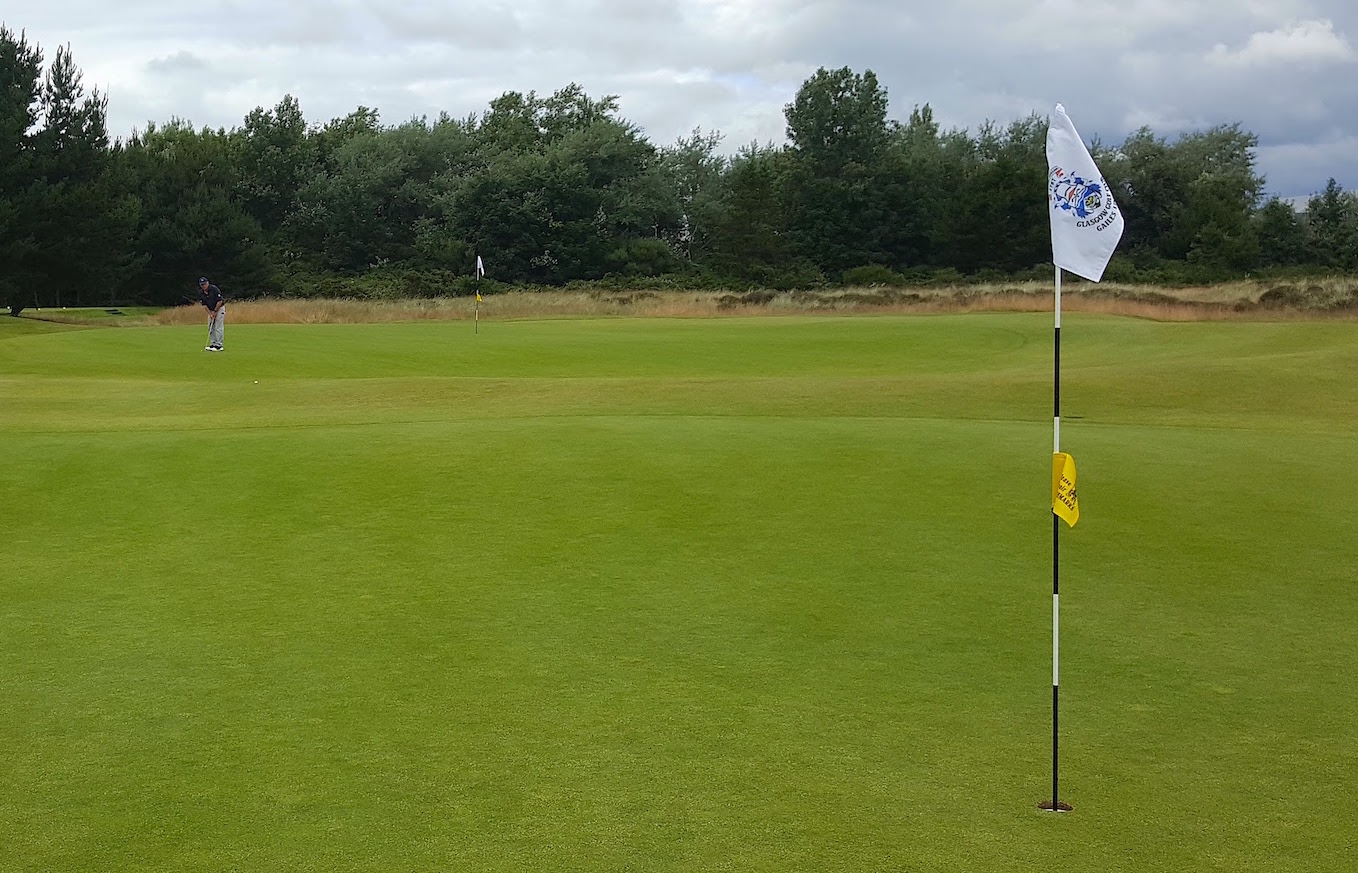
A ‘wrong green’ is defined as “any green on the course other than the putting green for the hole you are playing”. The definitions go on to say that “wrong greens are part of the general area” but no greenkeeper or golf club manager would thank you if you were to just wander on to that wrong green and swish your ball away as you would elsewhere in the general area, especially if you have a tendency to get a little steep on it!
Thankfully, the Rules of Golf prohibit play from a wrong green under Rule 13.1f and you must take free relief at the nearest point not nearer the hole where the wrong green doesn’t interfere with the lie of your ball, or your area of intended stance or swing.
This Rule is most commonly broken when two greens like close together with only very short fringe grass lying between. Putting would be a natural choice, but you are not allowed to play from a wrong green however close together they are and whatever club you are using. You can’t even stand on a wrong green to putt, which is worth remembering on a narrow links course where certain front-nine and back-nine greens lie close together, despite the obvious temptation to do so.
4 - Meaning of ‘unplayable’
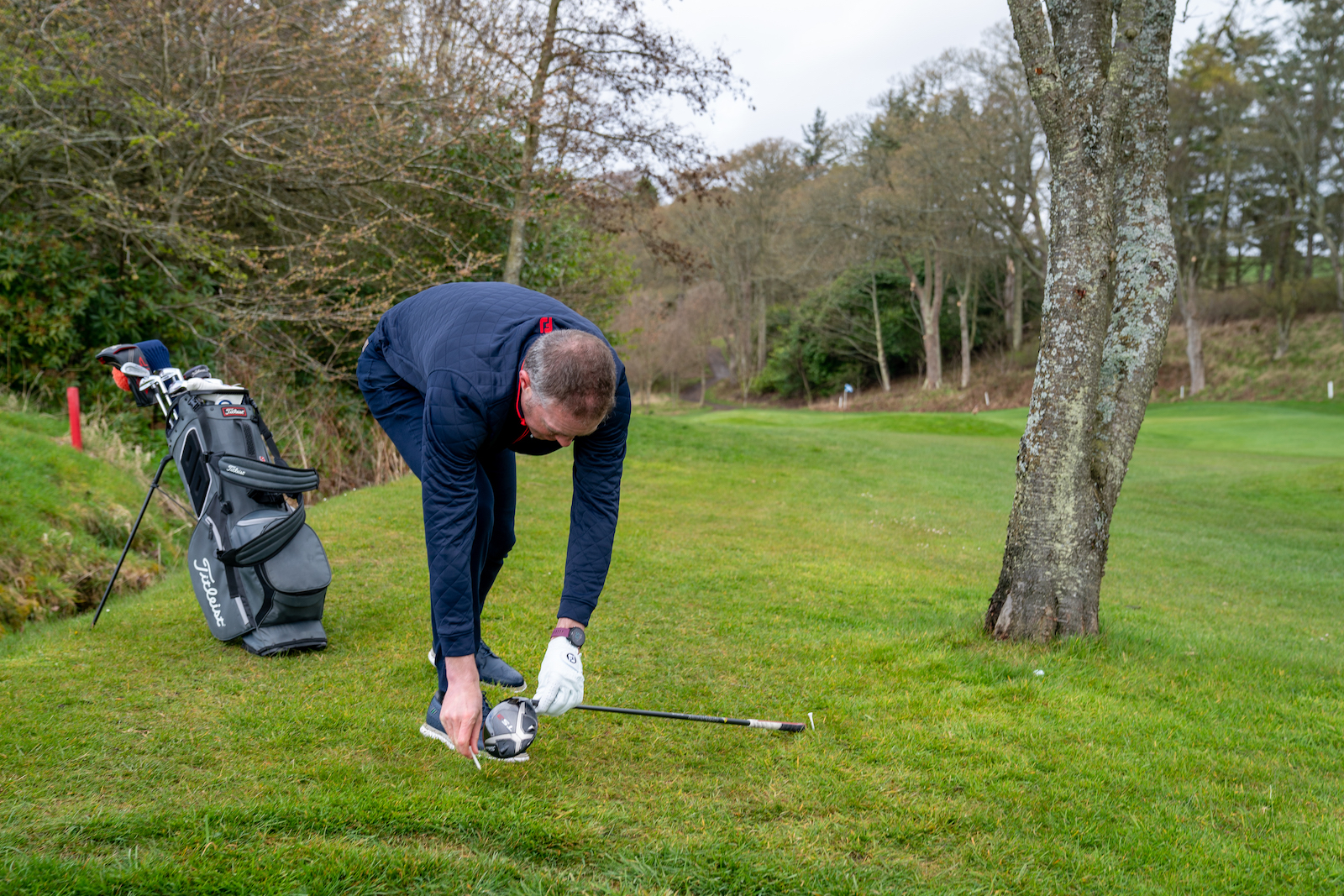
Some golfers attribute a little too much literality to the word ‘unplayable’. In some ways this is understandable, for clearly at some level, the word ‘unplayable’ implies physical unplayability. At some level, yes, but not at the Rules of Golf level, where it is all about your options rather than the physical playability or otherwise of your golf ball.
Your ball does not have to be physically unplayable for you to deem it unplayable under the Rules, and you, as the player, are the sole judge as to whether or not your ball is unplayable. You could even declare it unplayable if it’s perfectly placed in the middle of the fairway should you wish to do so for some unfathomable reason! The only place you can’t declare your ball unplayable is in a penalty area.
‘Unplayable’ in the Rules of Golf is all about your options under penalty rather than the absolute unplayability or otherwise of your golf ball
3 - You cannot declare your ball lost
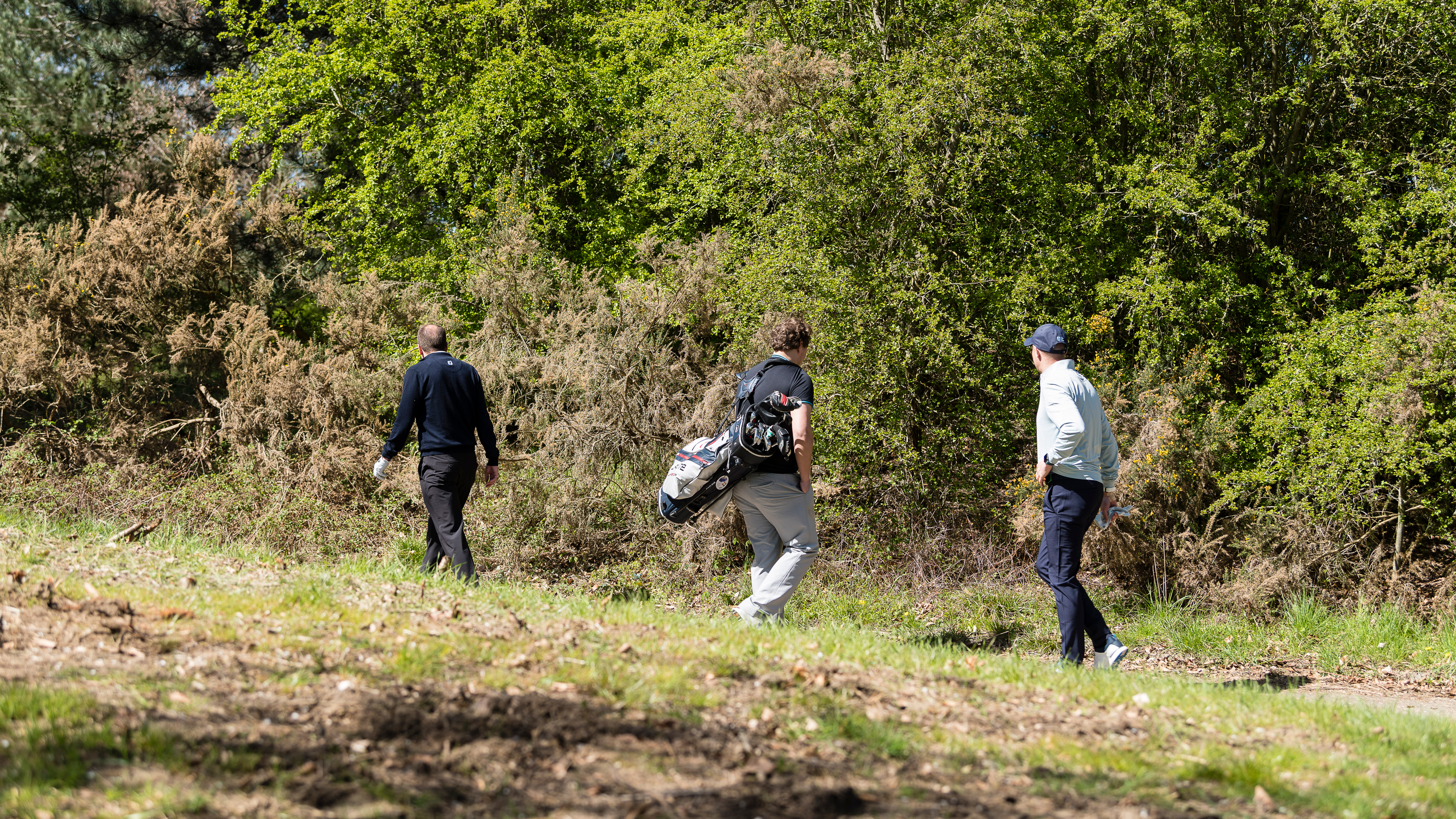
It’s a common misconception that you can declare your ball lost, but the Rules of Golf never allow you to do this. Indeed, the Definitions section addresses this issue head-on, defining “lost” as: “The status of a ball that is not found in three minutes after the player or their caddie (or the player’s partner or partner’s caddie) begins to search for it. A ball does not become lost as a result of the player declaring it to be lost.”
So, if you hit your ball into a bad spot, turn to your fellow players and say, “I’m declaring that one lost,” that holds no water. Even if you don’t want to look for it, your opponent or playing companions may still do so, and if they find it, or think they’ve found it, you can’t just say “that ball is lost” and ignore it.
If you really don’t want to risk finding your original ball because you fear it’s going to be in a very bad spot, you can just play another ball under stroke and distance without declaring it a provisional ball. But be warned – it automatically becomes the ball in play and even if you find your original ball in the middle of the fairway after an unseen ricochet, you aren’t allowed to play it.
2 - Accidental movement of your own ball
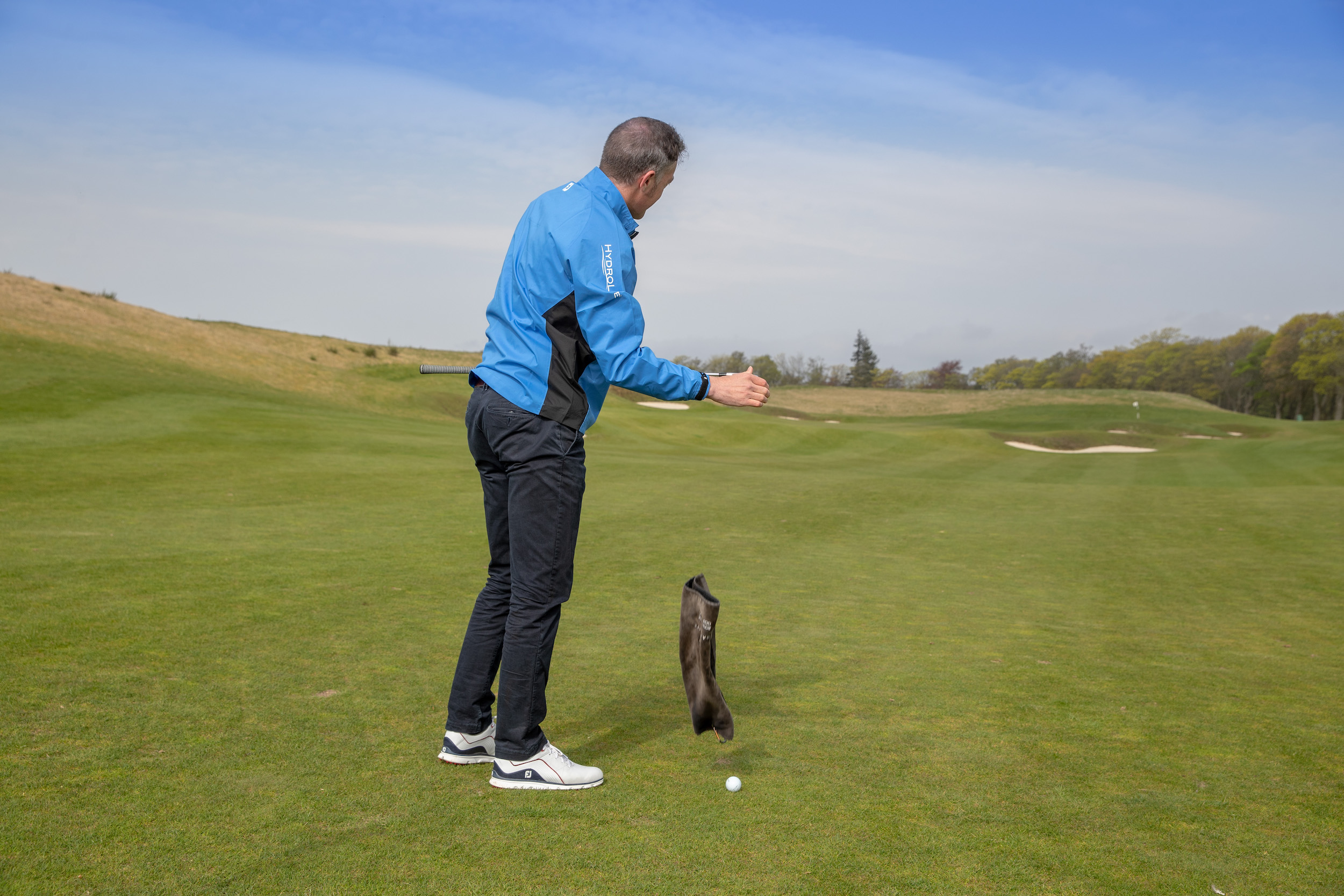
The default position in the Rules of Golf is that there is still a penalty if you move your ball at rest, even if accidentally. Judging by our Inbox, many golfers now believe that there's no penalty if you accidentally move your ball in the general area, possibly because they have mistakenly read too much into certain exceptions that now exist – i.e., no penalty for accidental movement of your ball on the putting green (even on a practice stroke) or when searching for your ball. There is also no penalty if you accidentally nudge your ball off a tee peg in the teeing area but that it is a little different as the ball is not yet in play on that hole at that point.
But in the general area, bunkers or penalty areas, there is still a one-stroke penalty for moving your ball at rest, even if accidentally. You must also remember to replace it back to where it was lying, too, before playing your next shot to avoid a two-shot penalty for playing from a wrong place (Rule 9.4).
1 - Nearest point of complete relief
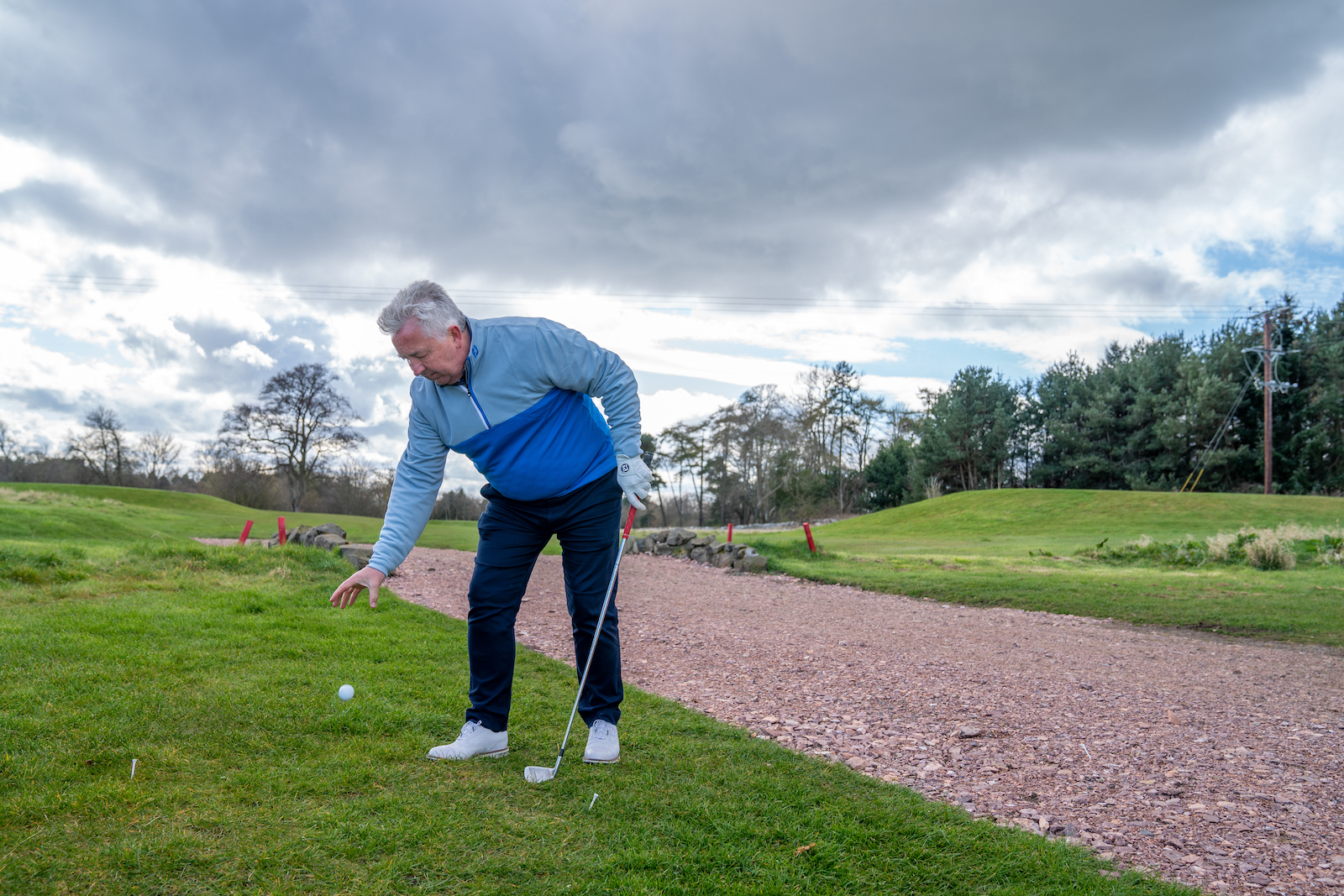
When dropping from a path or other immovable obstruction, many people mistakenly believe that they're entitled to a perfect lie and line because they don't really understand, or forget, exactly what it is they're taking relief from. You are only getting relief from that specific immovable obstruction or abnormal course condition, so if the relief area measured from your nearest point of complete relief takes you unavoidably into thick rough, a bush or behind a tree, that is where you have to drop if you elect to take free relief as there is no free relief from such elements in the general area.
Many golfers will say, “Oh, I can’t drop there because I’ll get a terrible lie in the rough, so I’ll drop over here in this shorter grass.” But you don’t get free relief from thick rough, trees, bushes, dreadful lies etc in the general area so if that is where the relief area measured from your nearest point of complete relief takes you, that is where you must drop if you decide to take free relief. Remember, it’s ‘nearest’ not ‘nicest’ point of complete relief - the location of that spot is not negotiable and you are not guaranteed a perfect lie or line.







